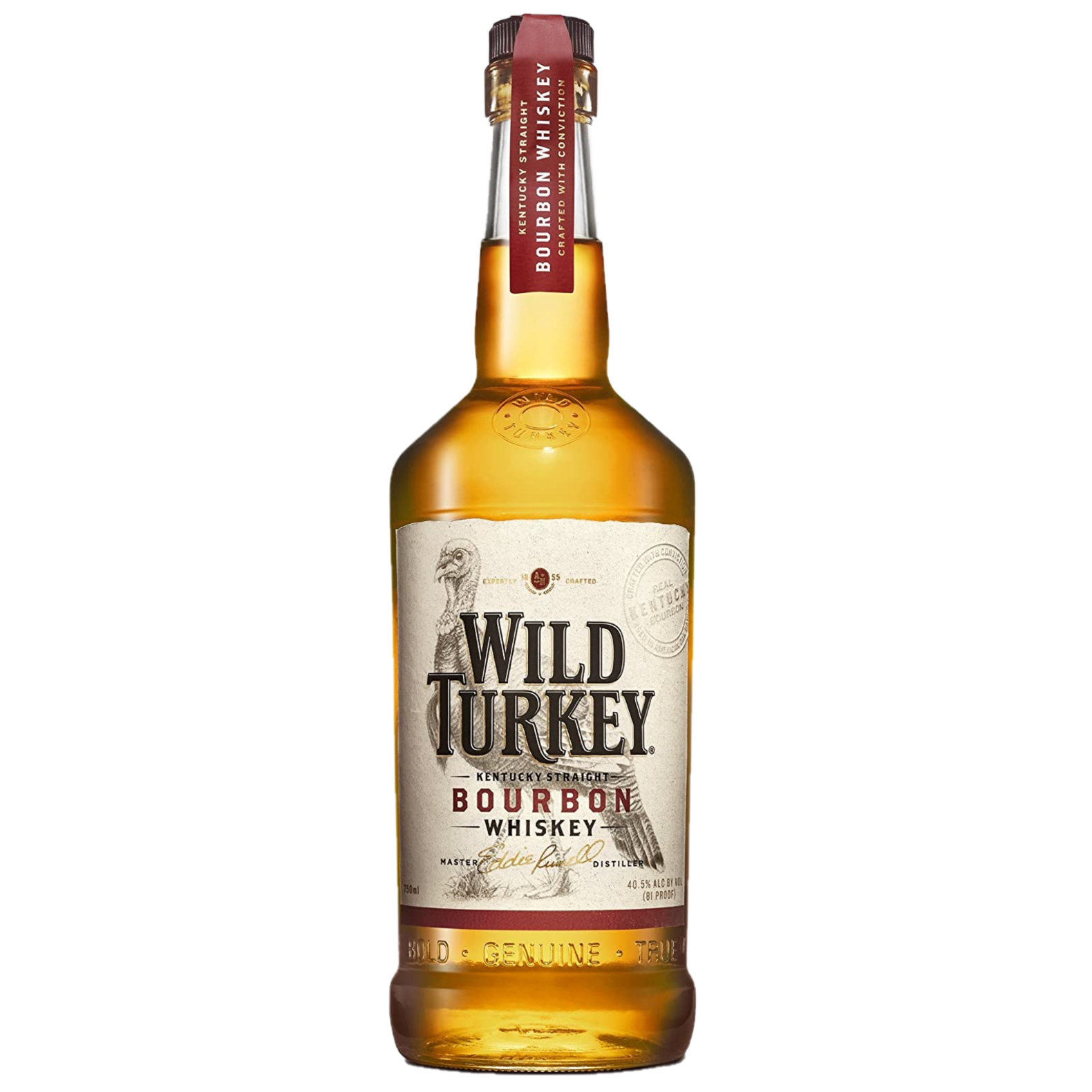
Posted on 11/27/2025 4:58:00 AM PST by E. Pluribus Unum
CONCORD, N.H. (AP) — No one wants a weasel on their Thanksgiving table, but swapping turkeys for other animals was once surprisingly common.
Trading turkeys – for wildlife management, not dinner – was a key part of one of North America’s biggest conservation success stories. After dwindling to a few thousand birds in the late 1880s, the wild turkey population has grown to about 7 million birds in 49 states, plus more in Canada and Mexico, according to the National Wild Turkey Federation.
In many cases, restoration relied on trades. The exchange rates varied, but Oklahoma once swapped walleye and prairie chickens for turkeys from Arkansas and Missouri. Colorado traded mountain goats for turkeys from Idaho. The Canadian province of Ontario ended up with 274 turkeys from New York, New Jersey, Vermont, Michigan, Missouri and Iowa in exchange for moose, river otters, and partridge.
“Wildlife biologists don’t suffer from a lack of creativity,” said Patt Dorsey, director of conservation for the National Wild Turkey Federation’s western region.
West Virginia in particular appears to have had an abundance of turkeys to share. In 1969, it sent 26 turkeys to New Hampshire in exchange for 25 fishers, a member of the weasel family once prized for its pelt. Later trades involved otters and bobwhite quail.
“They were like our currency for all our wildlife that we restored,” said Holly Morris, furbearer and small game project leader at the West Virginia Division of Natural Resources. “It’s just a way to help out other agencies. We’re all in the same mission.”
Wild turkeys were abundant across the U.S. until the mid-1800s, when the clearing of forestland and unregulated hunting led the population to plummet. Early restoration efforts in the 1940s and 50s involved raising turkeys on farms, but that didn’t work well, Dorsey said.
(Excerpt) Read more at apnews.com ...

|
Click here: to donate by Credit Card Or here: to donate by PayPal Or by mail to: Free Republic, LLC - PO Box 9771 - Fresno, CA 93794 Thank you very much and God bless you. |
Here in Central Florida it is not uncommon to see turkeys in residential neighborhoods. I saw one in my front yard last year.
These speculative claims. My grandfather was born in the late 1800’s, he killed those few thousand turkeys himself in the early 20th century.
The turkey decline happened around 1960 with ag chemicals like furadan hitting the ground.
Told me once, “you have to be hungry to be a good hunter”.
Meanwhile, would JD prefer a nice biryani?

Indians extirpated wild turkeys in California. They’ve recently made a serious entry and have become something of a pain ecologically from the perspective of weed control.
They can come take some of the turkeys from my country neighborhood. There is a flock of maybe 50 birds running around.
It can get scary walking around at dusk. I’ll be walking along the road, minding my own business, when suddenly 5 huge birds fly out of the brush, up into the trees, with thunderous flapping noises. After safely in the trees, they cackle at me.
You can now order wild turkey chicks from the large hatcheries.
That certainly would cause one to jump!
I volunteer at a humane society in my little town. We have a kennel out front, so if someone finds a stray, or is intent on abandoning their pet, they can leave it there. A few days ago we noticed two older ladies chasing two wild turkeys in our parking lot. They were trying to herd them into the kennel, as they were worried they’d get hit on the road. Needless to say, we had to stop them. We don’t adopt out wild turkeys!
Grndpa would step out the back door on Thanksgiving morning and shoot a wild turkey for dinner. It was a lot to prep it along with all the other cooking but you can’t get any fresher.
You should have called me. I would have been happy to “adopt” them. I love eating wild turkeys.
I’ll take Wild Turkey any day.
Apologies to Colonel Lee.
Extirpate. Thanks for the new word.
So Indians are guilty of at least one genocide.
Some hold that they are solely accountable for the late Pleistocene mass extinction event in which 33 of 45 North American mega-fauna were no more. I think it was sort of an "all of the above" event combining people hunting, comet strikes, and anthropogenic fire changing habitat. In fact, some of the "native" mega-fauna to day have Asian origins, crossing the land bridge across the Bering Strait because of lower sea levels. In some cases, I suspect the Asian wolf followed bison driven by people to replace those that had failed. I can't see any reason for grazing animals to cross what was very likely a food desert unless they were driven.
While conservation efforts may be at play in other parts of the country my understanding for the Northeast US was that rabies or other illness decimated the raccoon population in the 1980s. Without the raccoon population to eat their eggs the Wild Turkey population bounced back. By the early 90s my parent’s house had a daily flock of wild turkeys grazing in the backyard at the edge of the woods.
Disclaimer: Opinions posted on Free Republic are those of the individual posters and do not necessarily represent the opinion of Free Republic or its management. All materials posted herein are protected by copyright law and the exemption for fair use of copyrighted works.